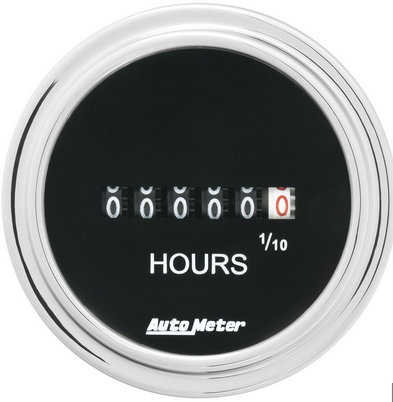"Per wet belt" I have not had heard as much about the failure rate, but what I do hear about is the types of failures from those that Don't follow any sort of regular schedule and rely more on the "technicality" of mileage as the change interval than to actually follow the time-based scheduler of time as the main reason why oil changes and the service interval between replacements of the more intricate parts of the system that if they fail, leave the thing in the shop for estimates and engine replacement costs due to the neglect and pushing of that "technicality" of mileage versus the time intervals.
Sorry for that long sentence - but we, as a fleet of driver operators, the issue of idle and run-time takes on more importance than a simple mileage and service change interval based on the time in days, for many of the schedules you read in owners manuals press on assuming that you don't drive the thing or run the motor nearly 12-hours constantly every day during the week.

So Run-Time meters should be thought of as per many people whom idle their vehicles for long periods of time during that service interval.
- - so to say - gee - keep it together and just follow the schedule - might be putting your investment at risk.
- - it's placing you in a precarious position - of having Mean Time Between Failures options that get fewer and fewer as the time intervals go longer.
- Aside from the facts that...
- IF the vehicle was purchased used, you cannot verify exactly how long that engine ran unless you know a mechanic that can dig into the menus and dialogues of the LOGS the system keeps. To see if the PCM is programmed to remember - the amount of hours the engine was run before you got it.
- Did they drive fewer miles but idled for longer times? Only the PCM and it's run-timer knows.
- Perhaps a good clue is to review the AVG speed on the trip ODO's to see if the speed is in the single digits of MPH or something quite a bit higher - low value AVG Speed readings shows harsh, or severe idle-wait times inclusive with any miles actually traveled, while high speed trips show larger AVG Speed numbers, travel more frequently may show good efficiency with low-idle wait times - improved productivity of the vehicle but more wear on it's suspension and driveline parts..
Which as a fleet operator, we are guilty of that but the "hard drive use" is smaller intervals of severe driving conditions than the idle time of waiting and being ready to leave and delivery at a moments notice.
Just some things to think about.

